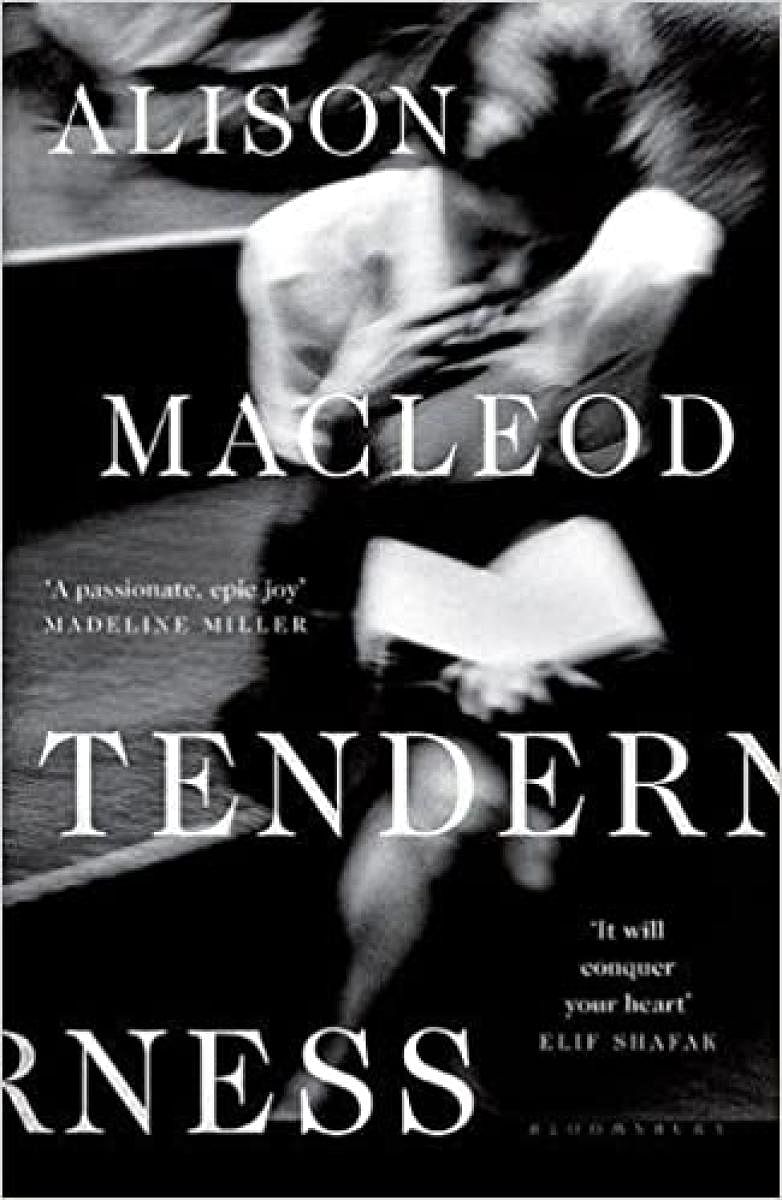
Lady Chatterley’s Lover, by D H Lawrence, has more than its share of literary history and trivia. The reactions to the book — the various obscenity charges and bans the book faced — are well known and documented. But the connections with Lawrence’s own complex life are profound, too. In her novel Tenderness, Alison Macleod explores the history before and after the creation of the book.
We begin with Lawrence and his wife, in the late 1920s, moving to a cottage in Italy so he can recuperate from illness. Here he meets Rosalind Baynes, a crush from a previous period of his life. Macleod takes us, through flashbacks, into what led Lawrence to Italy, and the social circumstances that brought him and Rosalind within each other’s sight. Long before Italy, Lawrence and his wife spent a year in the English countryside at the invitation of a popular literary family. This was a good, productive, year for Lawrence. The bucolic English scenery that he encountered during this stay featured in multiple later stories. He played host to several leading figures of the time, from E M Foster to Cynthia Asquith and Eleanor Farjeon. Several of these visits led to arguments — although those same visitors would go on to defend Lawrence after he was no more. Rosalind is one of these peripheral visitors, whose memory will stay on in Lawrence’s mind and eventually lead to them meeting up and having their affair — Lawrence’s only affair in his life, and the model for his novel.
A parallel track of the novel runs through the 1950s, where Jackie, the young wife of an upcoming politician named Kennedy, surreptitiously attends a hearing for a book’s obscenity trial — the book being Lady Chatterley’s Lover. A stray FBI agent gets a photo of her at the venue, triggering off a chain reaction. Edgar Hoover is ideologically opposed to JFK’s brand of politics and will use any weapon to discredit him — including the photo. Another obscenity trial is starting up against the book, this time in England. Hoover plans to influence this trial towards a guilty verdict, and then publish the photo to discredit Kennedy. But past and present intersect at the trial, with Lawrence’s friends and rivals making cameo appearances at the scene, speaking up for him.
Universal themes
‘Lady Chatterley’ captures universal themes, themes that also echo through the various storylines of Tenderness. The book was a cry against established patriarchy — of a woman stifled by the system, who struggles to find happiness by breaking the social norms. Macleod models the journey of the book against the journey of the main character, Constance Chatterley, on one hand, and on Lawrence’s own long road to happiness on the other. Much as Constance faced the patriarchy, the book faces Edgar Hoover, the governmental judicial system, and eventually the ruling class who do not want farcical obscenity laws to be modified. Lawrence, of course, saw himself as the hero of the novel, Mellors the gamekeeper, and not the handicapped Lord Chatterley. He struggled to find happiness himself, weighed down by bad health, continual financial shortages, and the numerous controversies surrounding his book throughout his writing career.
Macleod’s research is deep, and it shows in the book. She describes the bucolic English countryside, the Italian scenery, and the America of the 50s with equal ease, making us feel we’re really there. The book is interspersed with sentences and fragments from Lawrence’s writing, showing us where real life intersected with his work. While one may take exception to the hyperbolic use of the Kennedy/Hoover angle to symbolise the patriarchy, the point she makes is very clear and resonant. Through the lens of his greatest work, Macleod has created a deep sketch of D H Lawrence, the man, in all his faults and glory. It’s an experience to read a book such as Tenderness. All of the art of writing is on display here; storylines, language, theme, and symbolism building to a complex piece that cannot be easily summarised, but which is felt for long after it’s done.